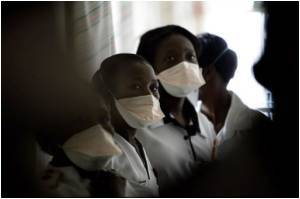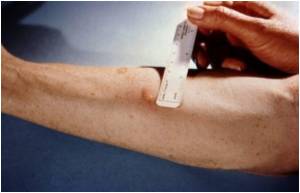There may be a link between the mining activities and spread of tuberculosis in sub-Saharan Africa, researchers have said.

"We have long known that the conditions on the mines - both above and below ground - are conducive to the spread of TB and HIV. But this is the first time we have used statistical techniques to accurately quantify the contribution of mining to TB," said Mark Lurie, assistant professor of medical science at Brown University.
The study attributes the high incidence of TB among miners to factors including silica dust in mines, crowded working and living conditions, and the rampant spread of HIV, which weakens the body's immune system. Several mineworkers being migrants are prone to multiple TB risk factors, putting their families back home at risk too.
It was long believed that the rise in TB was a result of the high rate of HIV infection, but Lurie and his colleagues discovered that HIV is only one factor contributing to the high TB rates and that mining is a significant additional factor.
TB is a contagious disease. Like the common cold, it spreads through the air. Only people who are sick with TB in their lungs are infectious. When infectious people cough, sneeze, talk or spit, they propel TB germs, known as bacilli, into the air. Infection occurs when a susceptible person inhales these bacilli.
"It is a sad irony that precious minerals and metals coveted around the world cause such great harm in their production," said Lurie.
Advertisement
The study is published in the American Journal of Public Health.
Advertisement












